Architecture to Remember
1/19
There's no tags or description
Looks like no tags are added yet.
Name | Mastery | Learn | Test | Matching | Spaced |
|---|
No study sessions yet.
20 Terms
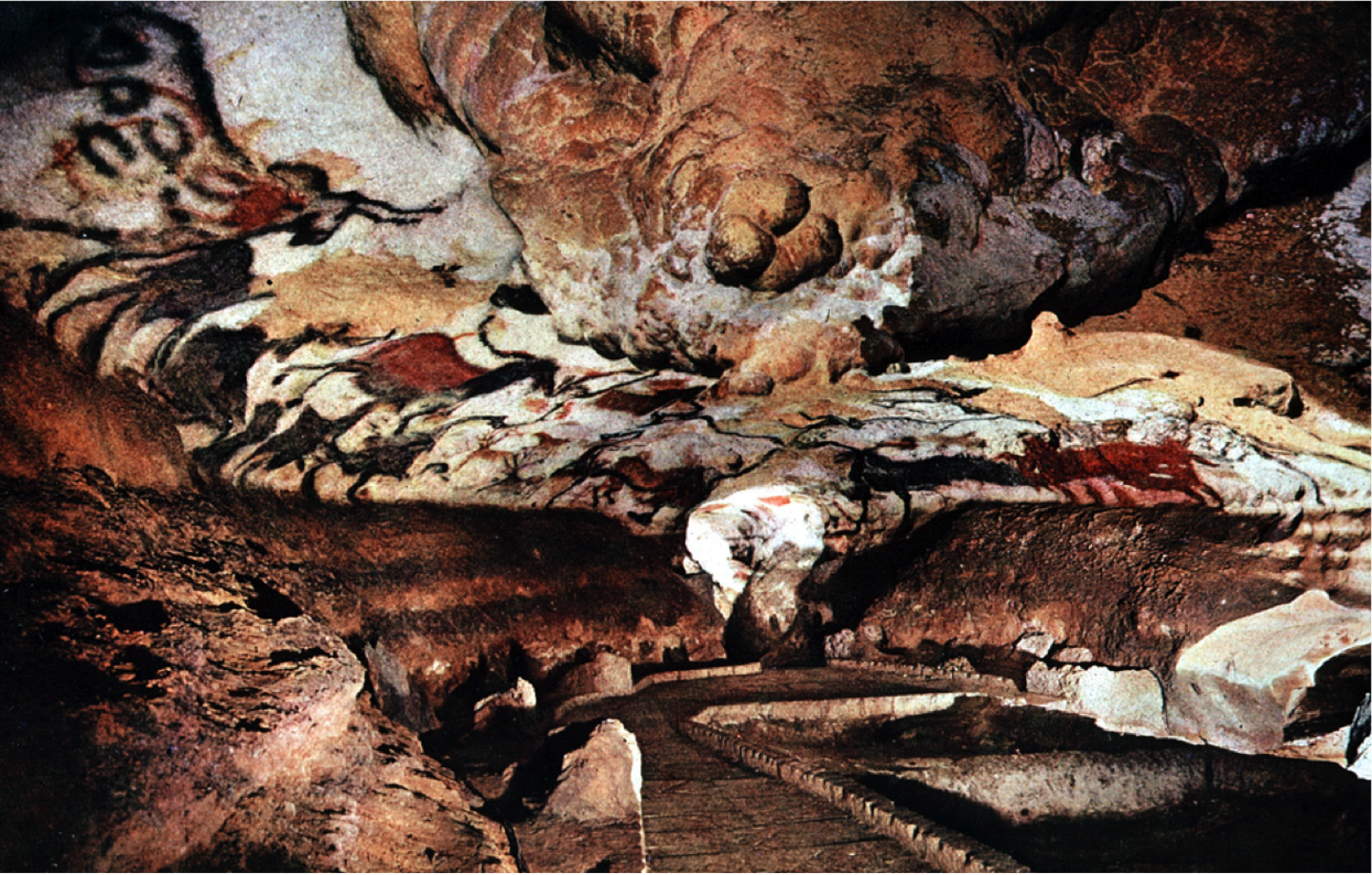
Cave Paintings at Lascaux
Southwestern France
Paleolithic peoples (hunter-gatherer)
ca. 15,000–13,000 BCE
Likely ritual or symbolic — theories include hunting magic, shamanistic practices, or storytelling for community memory
Mineral pigments on limestone
Among the most famous Paleolithic art sites; demonstrates symbolic thought, creativity, and spiritual life of early humans — art as a key part of human culture long before permanent architecture
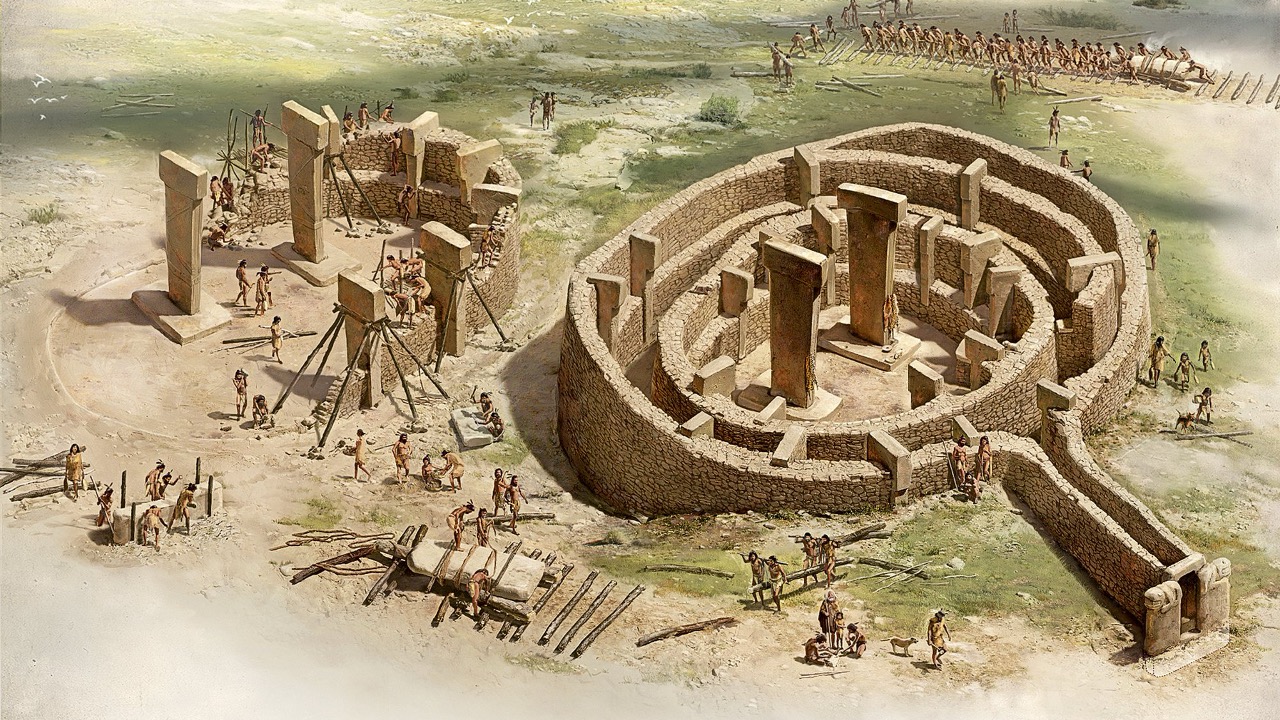
Gobleki Tepe reconstruction drawing
Mesolithic people
Southeastern Turkey
ca. 9,500–8,000 BCE
Ritual/religious sanctuary (world’s first known temple)
Carved limestone megaliths in circular enclosures
Oldest monumental ritual site; shows organized religion and complex society developed before farming.
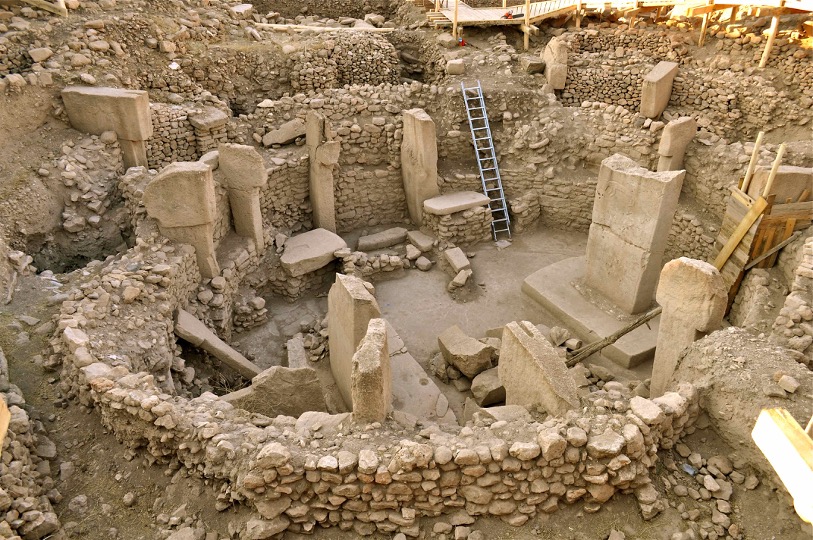
Gobleki Tepe site
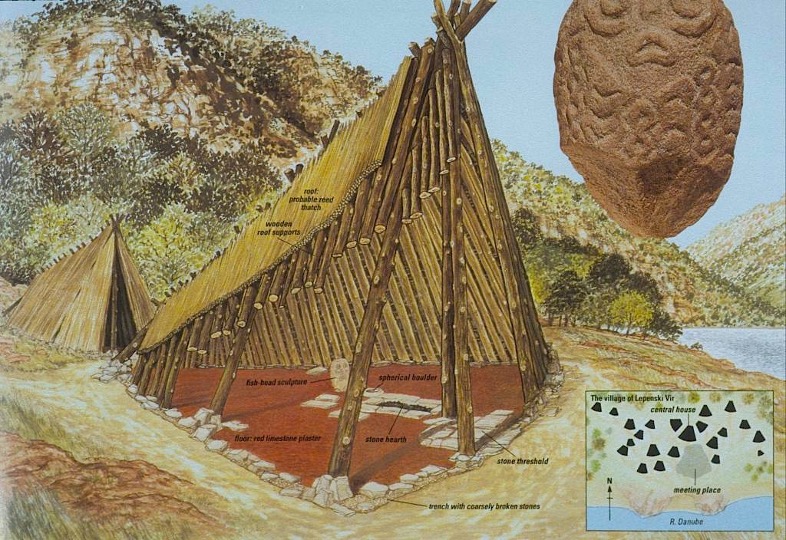
Lepenski Vir house reconstruction
Mesolithic/Neolithic transitional society
Serbia
ca. 6,300–5,500 BCE
Settlement with trapezoidal houses, ritual spaces
Stone foundations, timber superstructures, clay floors, decorated sculptures
Early permanent riverside settlement; shows organized community life and religious practices tied to fishing.
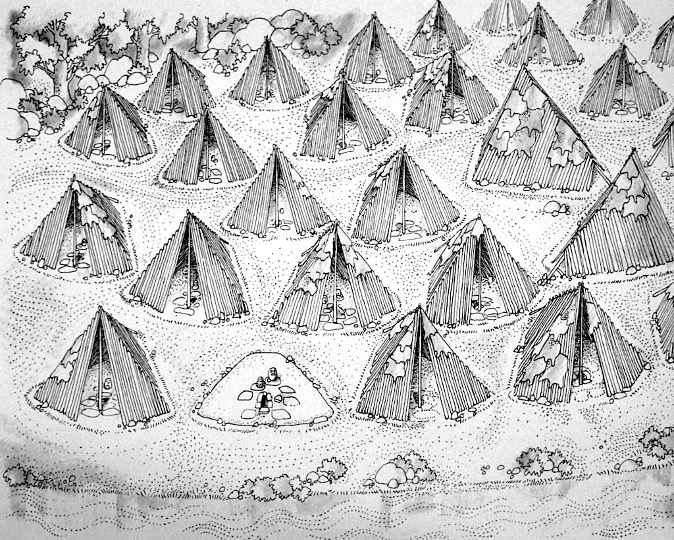
Lepensky Vir site reconstruction drawing
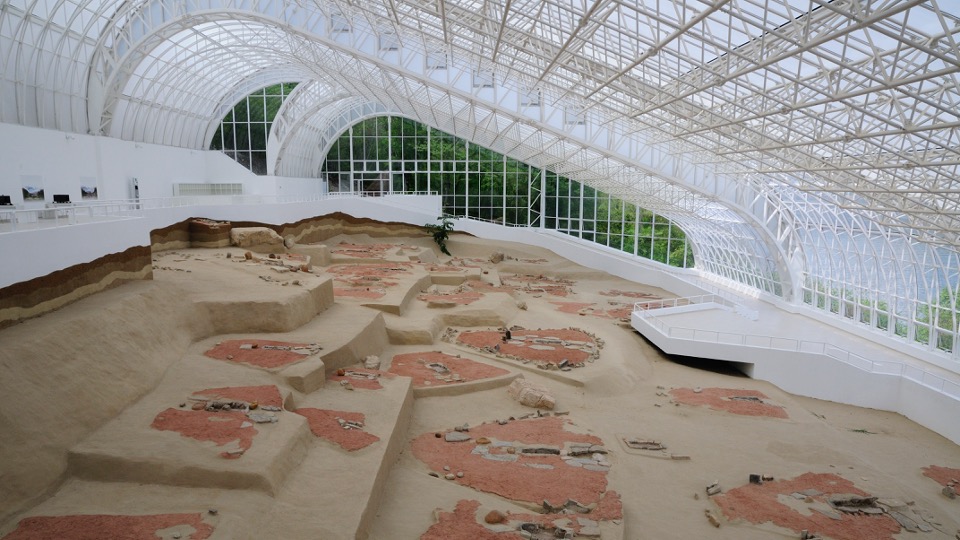
Lepensky Vir site
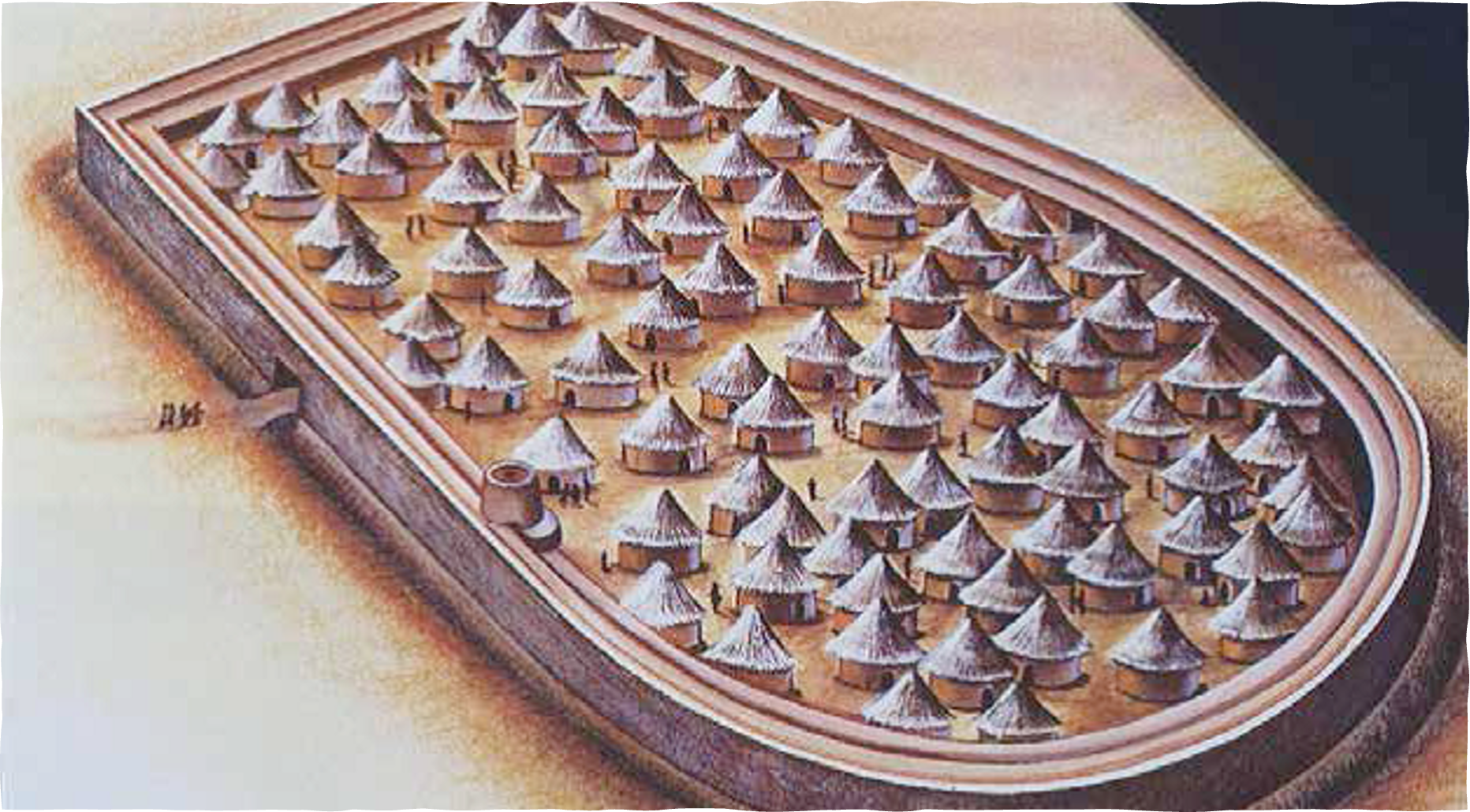
Jericho reconstruction drawing
Neolithic peoples
West Bank (Palestine)
ca. 8,000 BCE
Defensive settlement; tower and walls protected community
Mudbrick walls on stone foundations
One of the earliest fortified cities; evidence of large-scale communal labor and urban organization
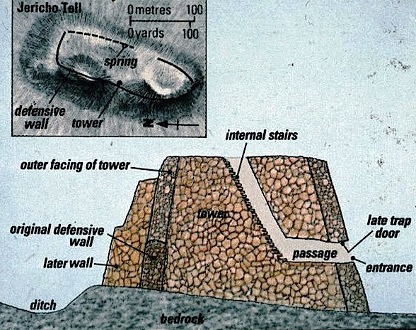
Jericho tower section
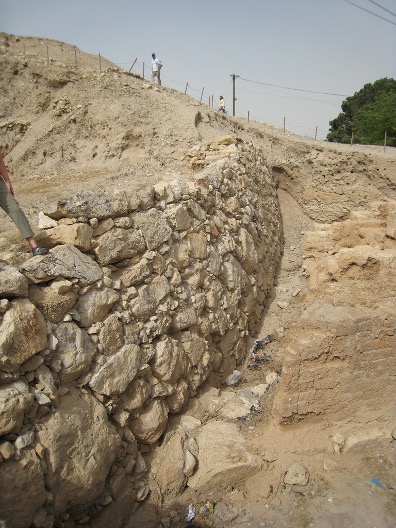
Jericho walls

Catalhöyük exterior render
Neolithic peoples
Anatolia, Turkey
ca. 7,400–6,200 BCE
Domestic settlement, ritual integrated into homes
Mudbrick houses, plastered and painted interiors
Largest Neolithic town; no streets, houses packed together; evidence of early urban life, social equality, and symbolic art
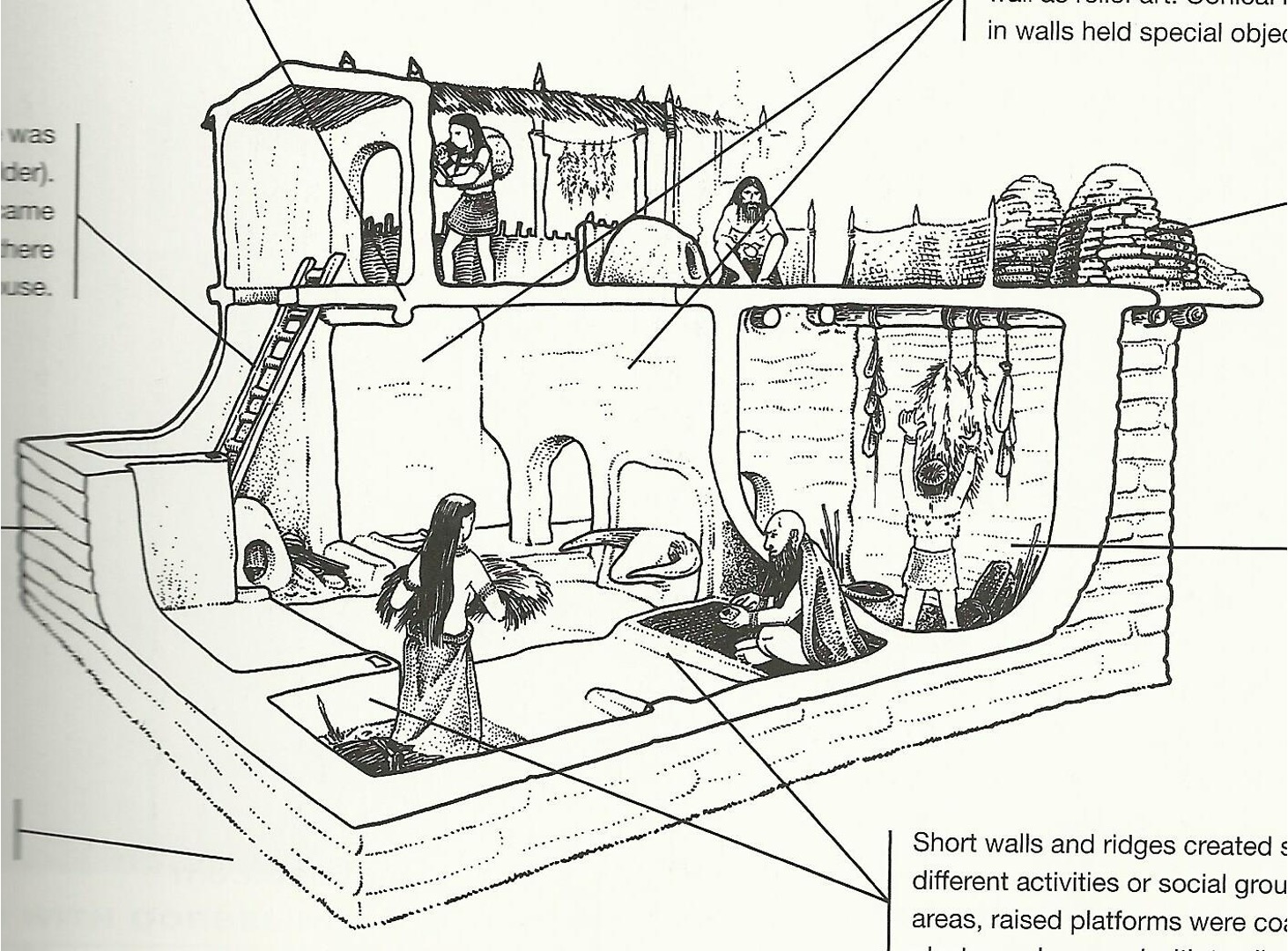
Catalhouyuk house design diagram
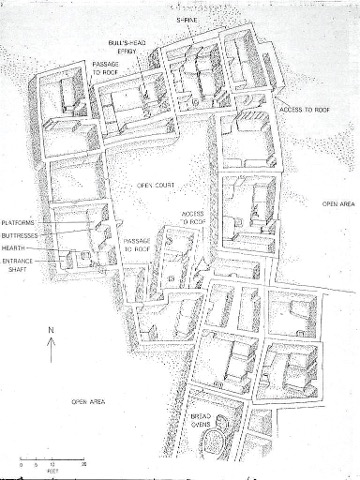
Catalhouyuk houses in plan
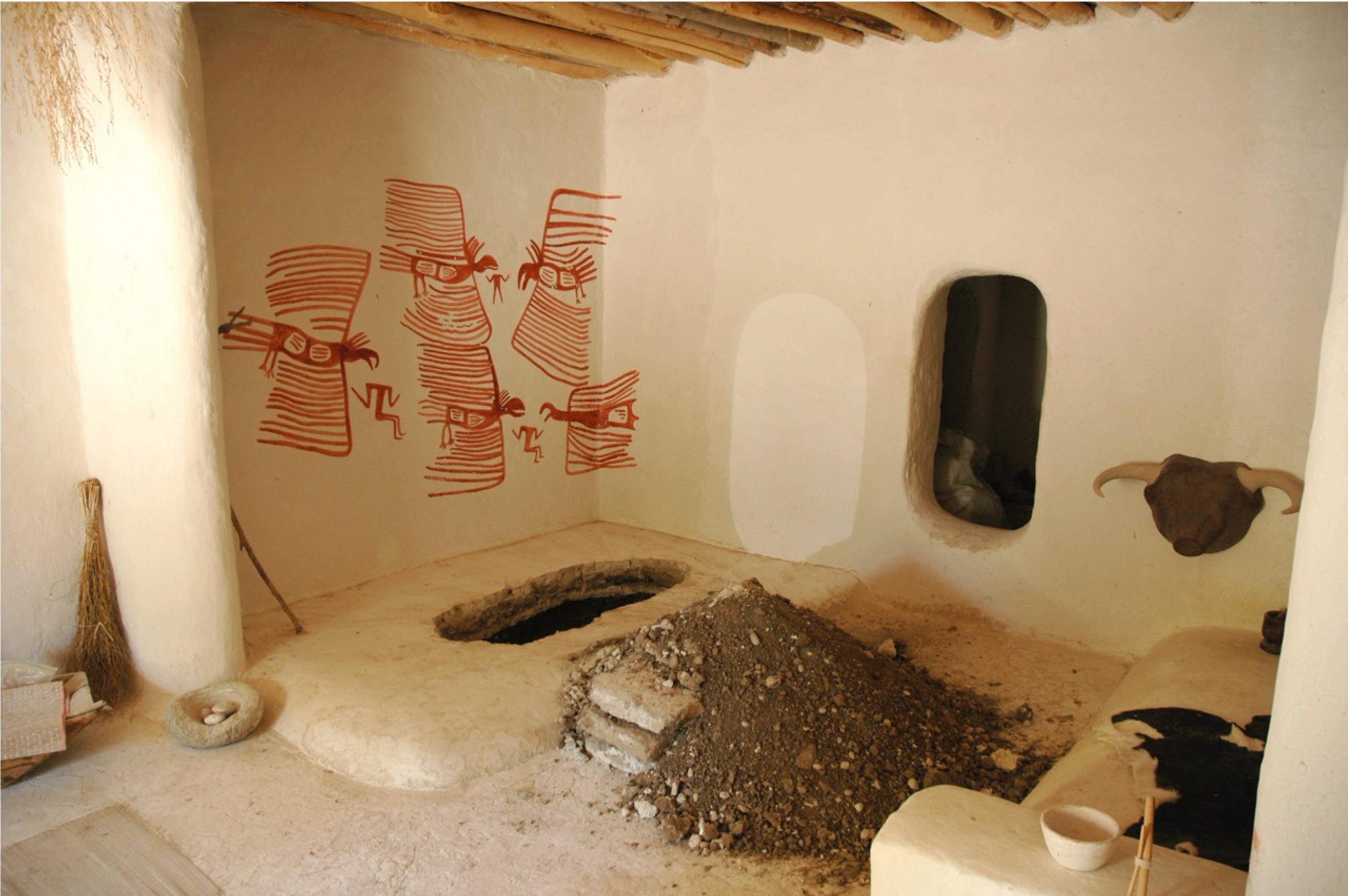
Catalhouyuk interior
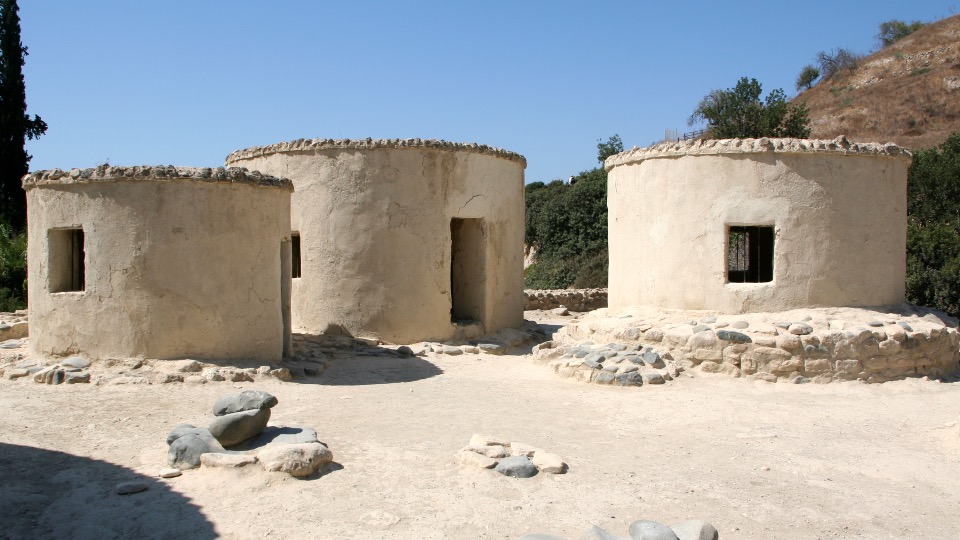
Khirokitia houses reconstruction
Neolithic peoples
Cyprus
ca. 6,000–4,000 BCE
Settlement with circular houses and narrow streets
Limestone rubble masonry
Shows early urban planning with streets and organized community living
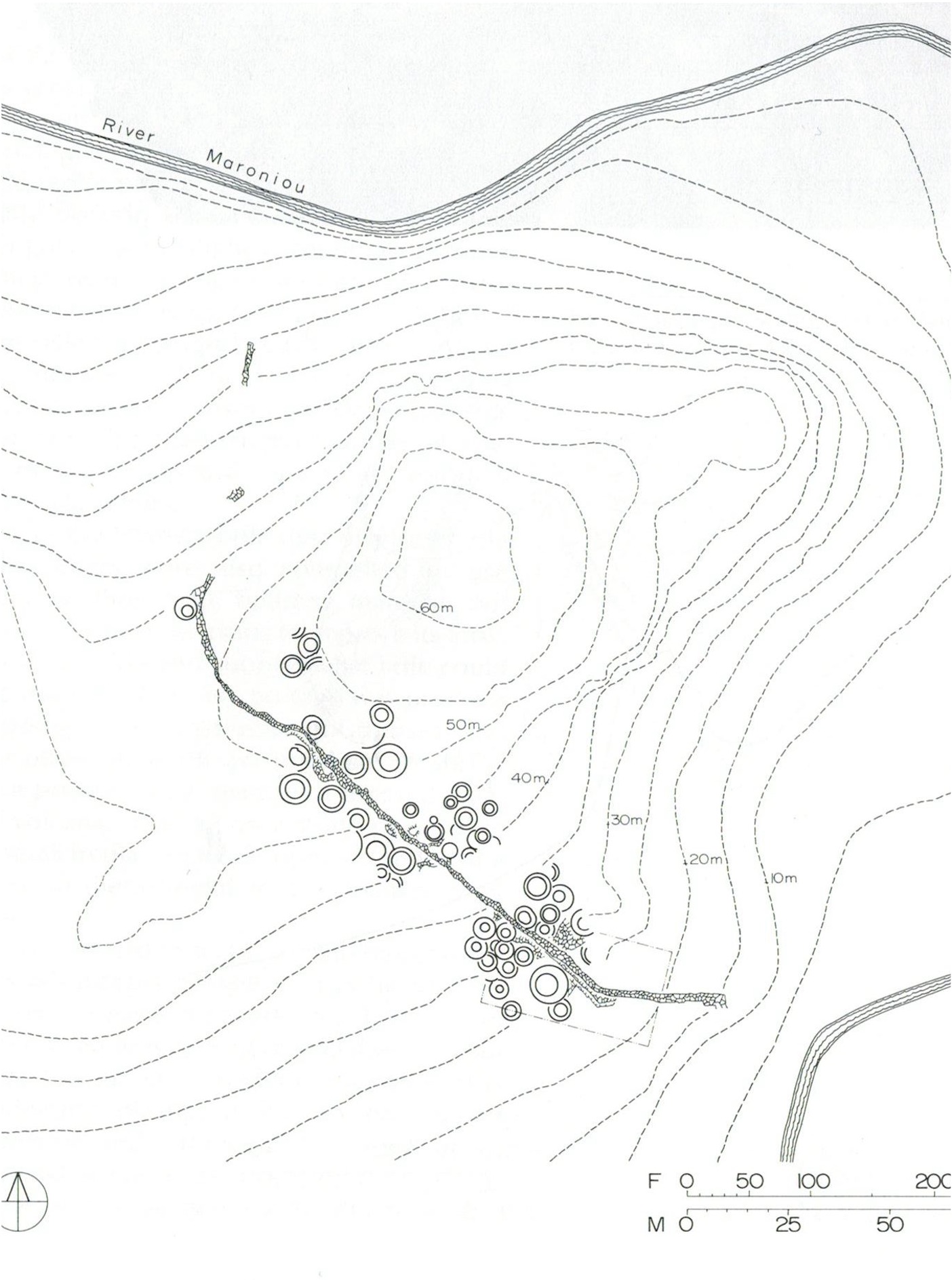
Khirokitia site plan
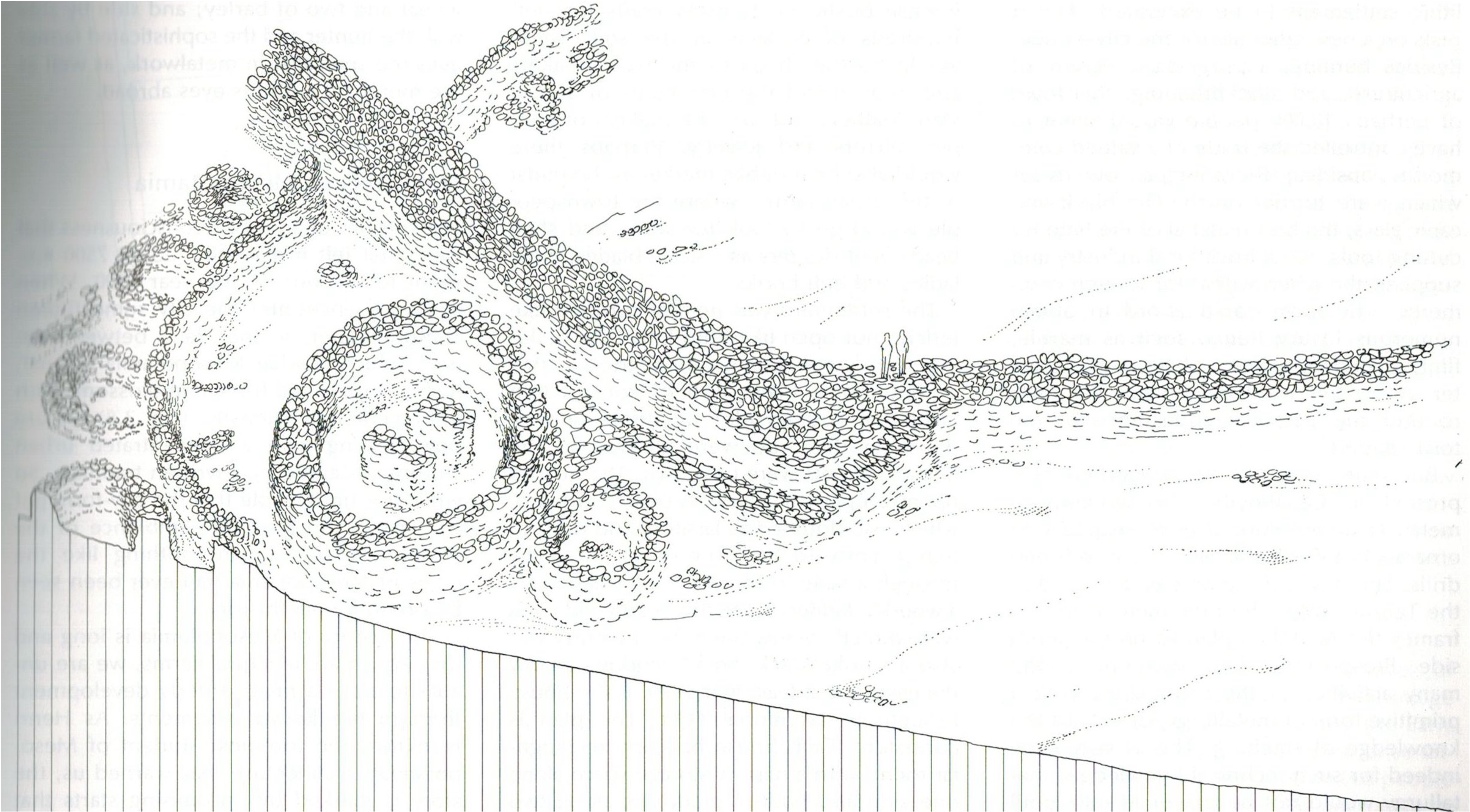
Khirokitia street rendering
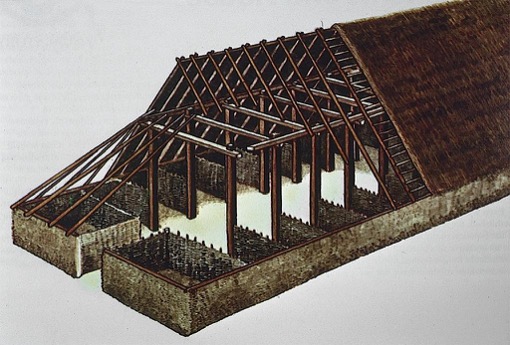
Typical Longhouse - Central and Northern Europe
Neolithic peoples of Central/Northern Europe
Central & Northern Europe (Germany, etc.)
ca. 5,000 BCE
Domestic structures for families, farming communities
Timber posts, wattle and daub walls, thatched roofs
Evidence of agricultural villages; early large-scale domestic architecture
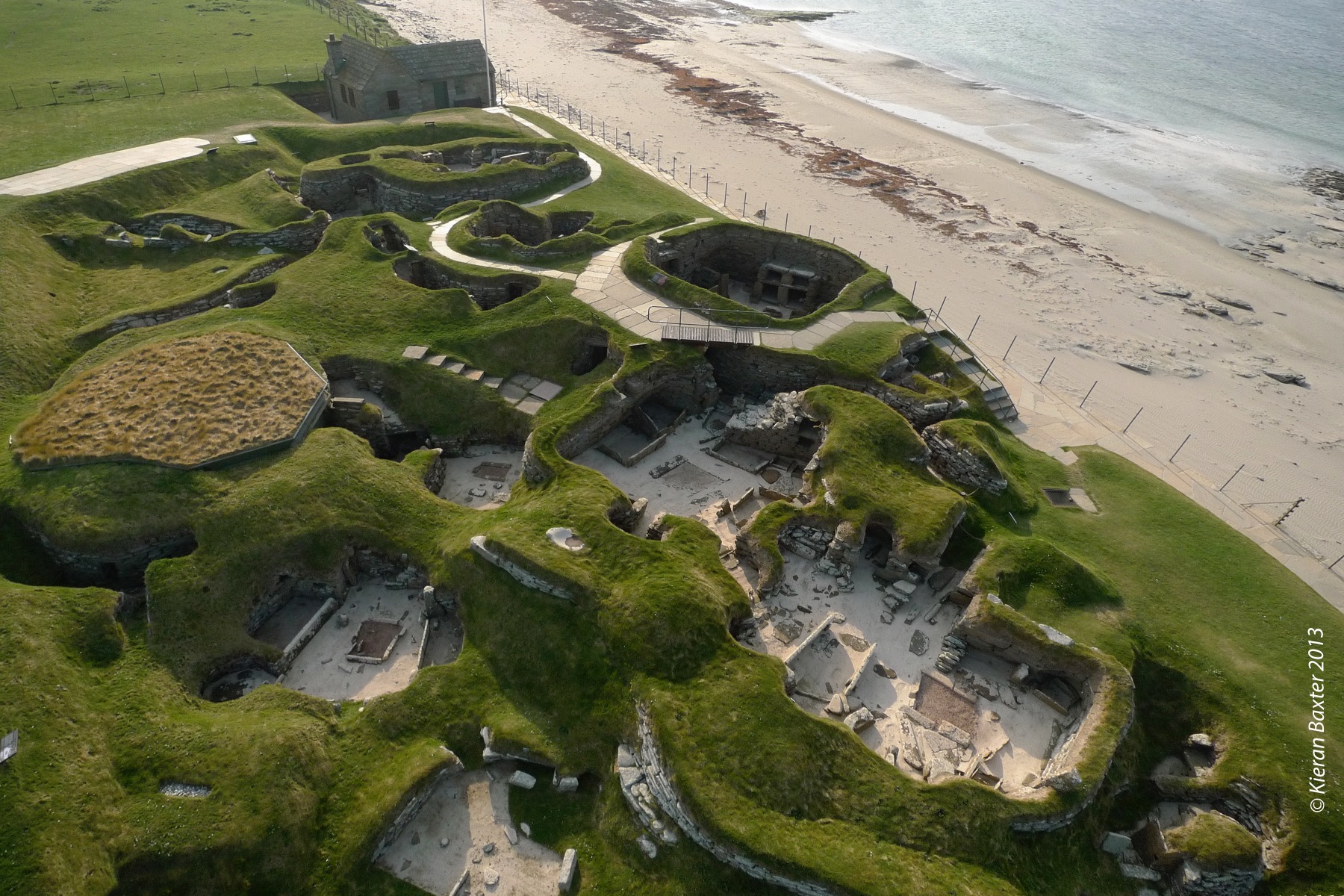
Skara Brae aerial
Neolithic peoples
Orkney Islands, Scotland
ca. 3,100–2,500 BCE
Domestic settlement
Stone houses connected by covered passageways
Exceptionally well-preserved stone village; shows advanced planning, drainage, and furniture — early complex domestic life
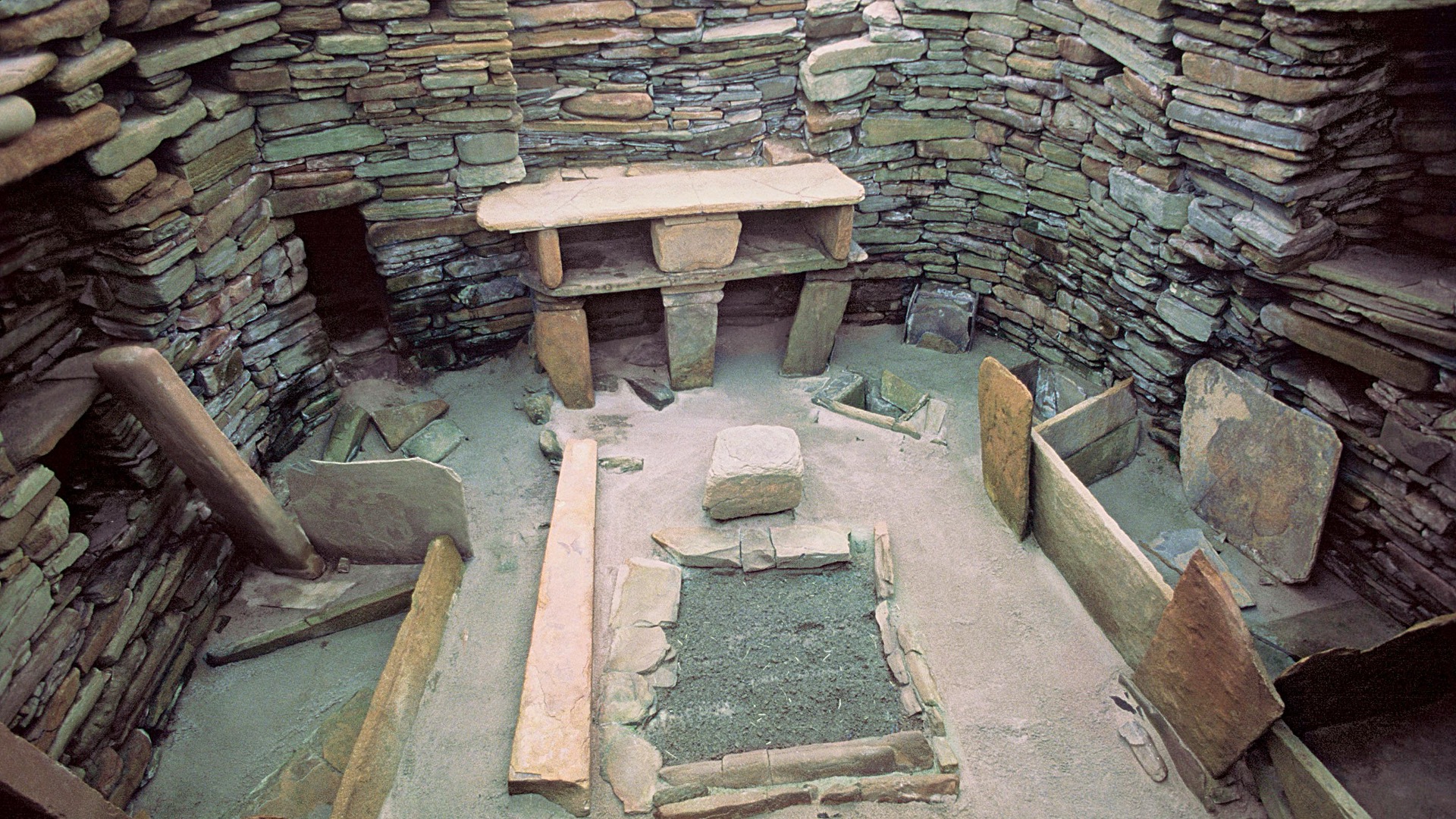
Skara Brae interior
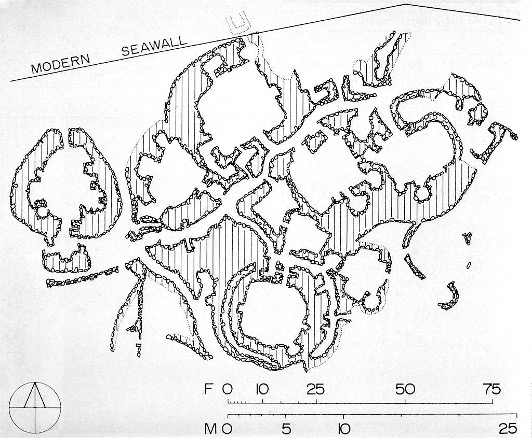
Skare Brae site plan